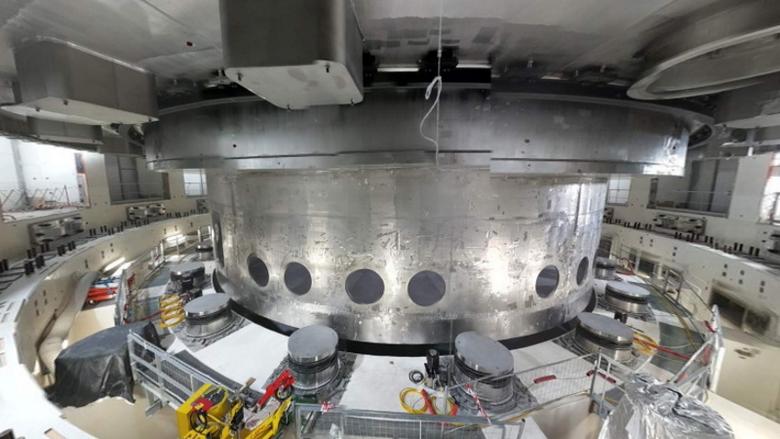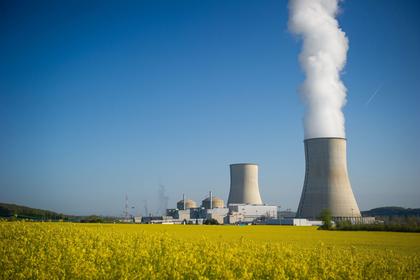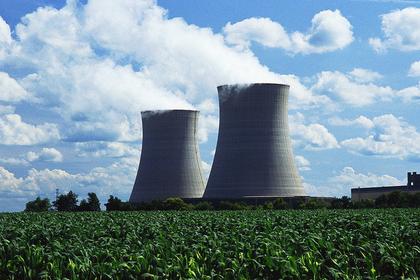
ITER FUSION ASSEMBLY

REUTERS - JULY 28, 2020 - Work has begun to assemble giant components to build an experimental nuclear fusion reactor in France that is expected to start up in 2035 and deliver energy in a process inspired by the sun, the ITER project said on Tuesday.
Launched in 2006 and based in southern France, the International Thermonuclear Experimental Reactor (ITER) had planned to test its first super-heated plasma by 2020 and achieve full fusion by 2023.
But it has suffered massive budget overruns and multiple delays as the seven partners - Europe, United States, China, India, Japan, Russia and South Korea - struggle to coordinate financing and technological cooperation.
At the end of 2016, ITER chief Bernard Bigot told reporters he expected first plasma in December 2025 and full power by 2035, although he said that schedule was challenging.
“Constructing the machine piece by piece will be like assembling a three-dimensional puzzle on an intricate timeline,” he said in a statement on Tuesday. “We have a complicated script to follow over the next few years.”
ITER confirmed that when assembly is completed in December 2025, it will launch first plasma, which should prove the reactor concept works.
Despite slight delays due to the coronavirus lockdown, ITER was still on track to start up in full power mode in 2035, an ITER spokeswoman said.
In recent months huge components - many weighing several hundred tonnes each - have begun to arrive in France.
These have been produced by ITER consortium member states, who contribute to the project mainly in kind, by manufacturing components in national factories and laboratories before shipping them to France for assembly.
Unlike existing fission reactors, which produce energy by splitting atoms, ITER would generate power by combining atoms at a temperature of 150 million degrees Celsius in a process similar to the nuclear fusion that produces the sun’s energy.
-----
Earlier:














